
Premium Dry Erase Walls are Easiest to Erase
Among their many other significant advantages, the fact that premium dry erase painted walls are straightforward to erase stands out as one of their most beneficial and popular qualities among users. However, other writing surfaces, such as traditional framed whiteboards and chalkboards, all have certain inherent qualities that make them more challenging to erase cleanly and more prone to staining, streaking, and smudging. The following article presents some helpful information on why top-quality dry erase walls can be erased and cleaned so easily, along with guidelines for ensuring that the walls retain their great appearance and high level of erasability throughout their lifespan of ten-plus years.
An Impermeable Surface Guarantees Clear Ink Markings and Easy Erasability
When properly applied and kept up in accord with the instructions that come with each paint kit, top-quality dry erase painted surfaces always look like new and never appear stained or grayish, even after many years of regular use. This is so because of the superior proprietary formula that is used to make each batch of premium dry erase paint. In addition, the physical structure of the finished dry erase surface, which features an endothermic film formed during the application process, makes it impervious to dirt, dust, water, and dry erase marker ink.
This unique quality allows all markings produced on the surface to appear sharp, clear, and distinct and also allows marker ink to be readily erased with a microfiber cloth or mitt with no need for intense rubbing. Because premium dry erase paint creates a highly resilient, Teflon-like surface, ink, dust, and other substances are prevented from sinking in and causing problems such as graying, smudging, and staining.
Traditional Whiteboards Lack Resilience and are Subject to Staining
By contrast, the surfaces of traditional framed whiteboards are highly susceptible to being worn down, weakened, and discolored by regular exposure to the chemicals in dry erase marker ink. Over a period of use, the strong chemical binders contained in the dry erase ink penetrate and gradually wear away the surface of traditional melamine whiteboards, leading to a gray, dingy appearance that is impossible to remove. In such cases, the whiteboards are no longer serviceable and need to be repurposed by applying dry erase paint or, less preferably, discarded, thus adding enormous amounts of non-biodegradable waste material to our already overflowing landfills and damaging the environment in the process.
Premium Dry Erase Walls Maintain their Spotless Look for Many Years
By contrast, with regular use and maintenance, top-quality dry erase painted surfaces don’t change their appearance, lose their luster, or deteriorate over time. Despite years and years of writing, drawing, and erasing, the surfaces never look gray or discolored, as is common with traditional framed whiteboards. So, there is no need to recoat your dry erase wall’s surface for a period of ten or more years. This feature saves you a great deal of money, energy, and time and also helps to conserve resources and protect the natural environment.
Following the Instructions on Application, Use and Maintenance is Essential
The quality of being easy to erase hinges on adequately applying the dry erase paint, using only microfiber materials for erasing, and using microfiber cloths with water or eco-friendly cleaners for maintenance. In addition, the cleaners, such as the product available through our company website, should be specially designed for use on dry erase painted surfaces.
Proper Application is the First Step in Ensuring an Easy-to-Erase Surface
To make certain that your dry erase wall will be easy to write on and erase throughout its long lifespan, first carefully follow the application instructions included with your paint kit. The initial step is to ensure the surface on which you plan to apply the paint is perfectly smooth and properly prepared with a base coat that has dried for a minimum of 24 hours. Then, after carefully mixing one part of the dry erase paint formula’s hardener (Part A) with two parts of the resin (Part B), slowly stir the mixture with a paint stick and avoid creating air bubbles that could result in an irregular, hard-to-erase surface.
Next, using the recommended nine-inch microfiber paint roller with a 3/8” nap, roll the dry erase paint onto your wall with an up-and-down motion in four to five-foot vertical sections, slightly overlapping each section as you go until the wall is completely painted. It’s essential to avoid going back and re-rolling over any sections that have already been painted, as this will lift the endothermic or erasing film of the paint and thus negatively impact the appearance and erasability of the finished surface.
These steps may appear easy to follow, but they are crucial to achieving an attractive, highly durable, and easily erased dry erase surface that will last for many years of regular use without needing to be replaced.
Microfiber Fabric is the Only Option for Properly Erasing and Cleaning Your Wall
After your dry erase wall has completely dried for at least 48 hours, it will be ready to use for writing and drawing. And, as recommended in the manufacturer’s instructions, it’s best to use only high-quality low-odor dry erase markers on your wall and a microfiber cloth or mitt for erasing and cleaning.
The reason for using only microfiber fabrics to erase and clean your wall is that microfiber has a unique ability to powerfully attract dust, dirt, grease, water, and marker ink particles from a dry erase surface. In contrast, using standard dry ink erasers, cotton cloths, or other materials for erasing and cleaning will cause dirt and ink to spread out and dig into your dry erase surface, resulting in scratches and permanently affecting the look, functionality, and erasability of your wall.
The Structure of Microfiber Cloth makes it the Ideal Erasing and Cleaning Tool
Microfiber is an artificial material consisting of millions of split fibers that are 200 times finer than a single filament of human hair. This split structure, along with the convoluted, asterisk-shaped form of its millions of component fibers, makes microfiber fabric much more absorbent than regular cloth. Microfibers are countless times finer and more plentiful than the fibers in cotton or other fabrics, and all of the minute nooks and crannies between them make for an extremely absorbent cleaning and erasing device because the fibers exponentially multiply the fabric’s total surface area.
Avoid Using Standard Dry Ink Erasers
The types of dry ink erasers used on conventional whiteboards are made of a felt material with several slits running along the length of each eraser. After repeated use, the felt surface on these erasers becomes clogged with solidified dry ink residue. In addition, the slits on the erasers collect ink over time, and when the grooves get entirely filled in, thorough erasing becomes difficult. Thus, it’s essential to use only microfiber fabrics to erase and clean your wall.
For this reason, microfiber cloths and mitts are able to easily grab onto and eliminate large quantities of the tiniest bits of dirt, ink, dust, and other foreign material that other types of cleaning tools would miss. This unique characteristic makes microfiber fabric the perfect go-to material for virtually any type of cleaning or erasing task in your household or business.
The super-minute microfibers are able to get into even the tiniest crevices and can even pick up and get rid of bacteria. For this reason, consistent use of microfiber cloths to erase and clean your dry erase painted wall will produce the cleanest and most eye-catching surface that can be achieved with any type of cleaning tool. Microfiber fabrics are also excellent at soaking up water, which is a critical ability in achieving a level of dryness that leaves behind no streaks, spots, or gray areas on a dry erase wall after the cleaning process is completed.
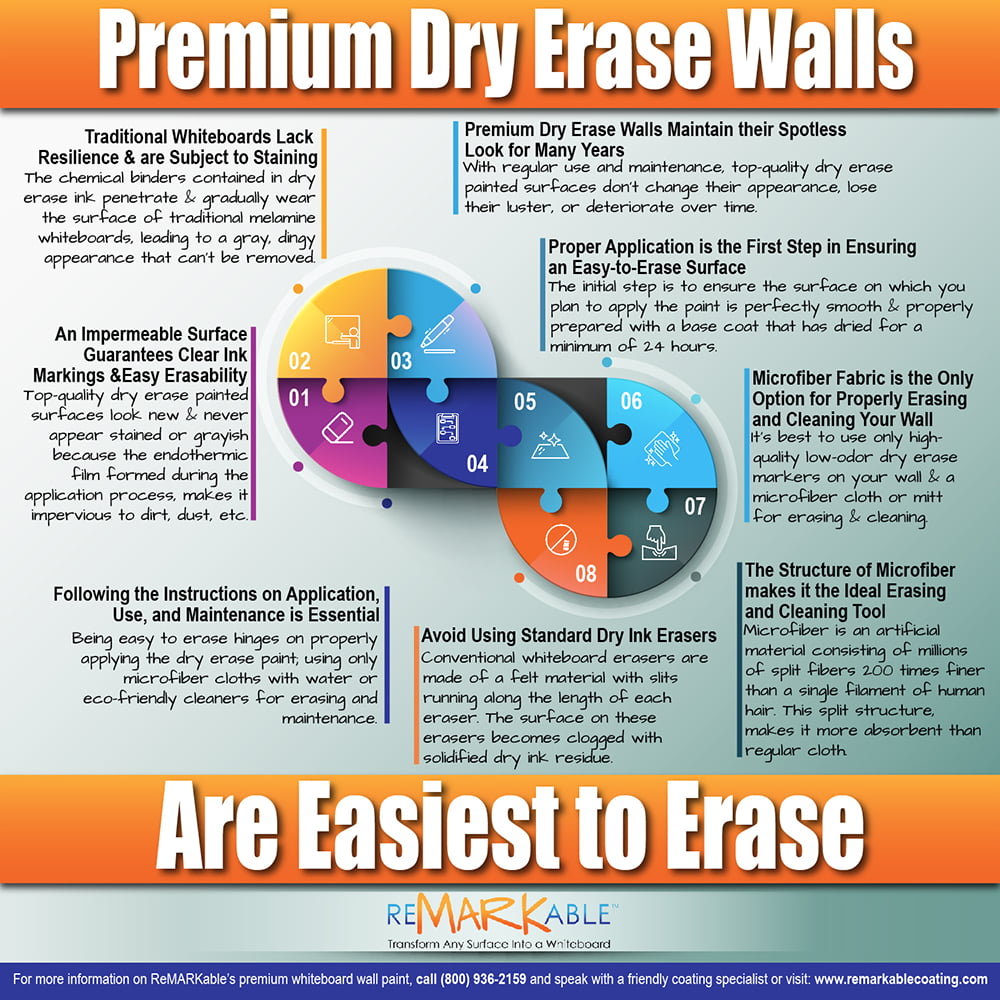

























































































![ReMARKable’s Winter Sale is Here! [25% Off + Free Shipping]](https://www.remarkablecoating.com/wp-content/uploads/2018/01/Red-Tag-Winter-Fashion-Facebook-Post-1-440x264.png)















![Drive Your Organization Into Openness and Watch it Expand [20% Off Whiteboard Paint]](https://www.remarkablecoating.com/wp-content/uploads/2016/04/Drive-Your-Organization-Into-Openness-and-Watch-It-Expand.-1-440x264.jpg)

![30% Off St Patrick’s Day Sale! [Details Inside]](https://www.remarkablecoating.com/wp-content/uploads/2016/03/Glorious-1-440x264.png)


![Giant Leaps Forward Require Big Spaces. [Leap Year Sale Event!]](https://www.remarkablecoating.com/wp-content/uploads/2016/02/Giant-Leaps-ForwardRequire-Big-Spaces-440x264.jpg)

















![ReMARKable Summer Sale 2018 [28% Off Whiteboard Paint]](https://www.remarkablecoating.com/wp-content/uploads/2018/06/Blue-Simple-Line-Beach-Facebook-Post-1-440x264.png)










































































































































































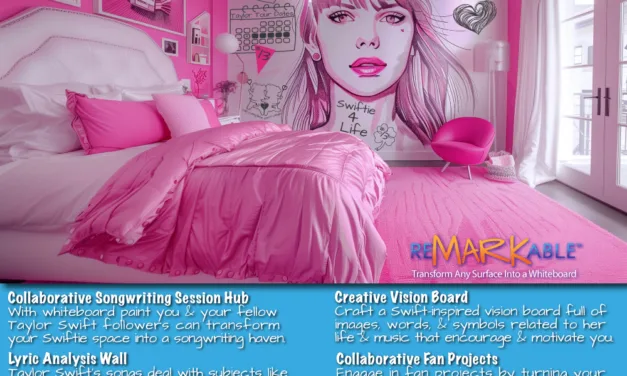
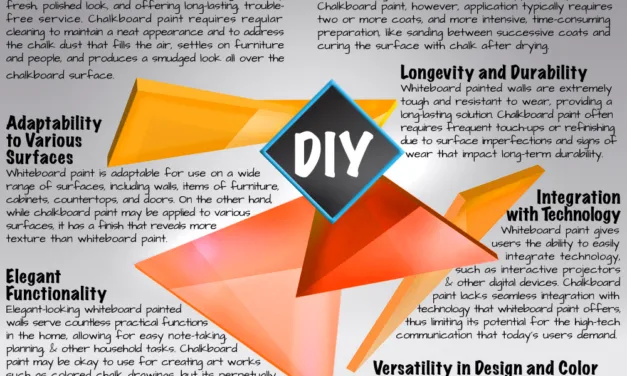
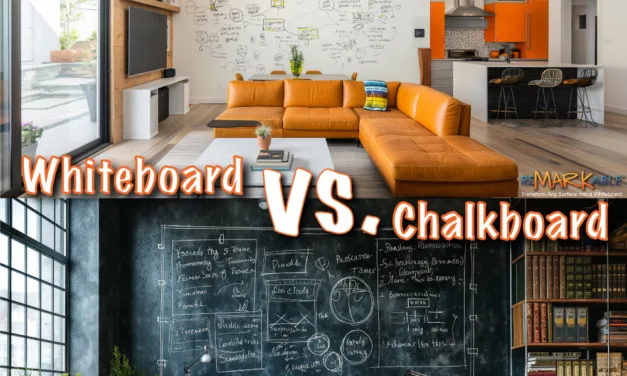







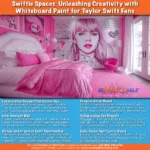
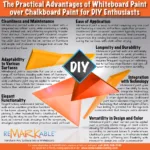
0 Comments